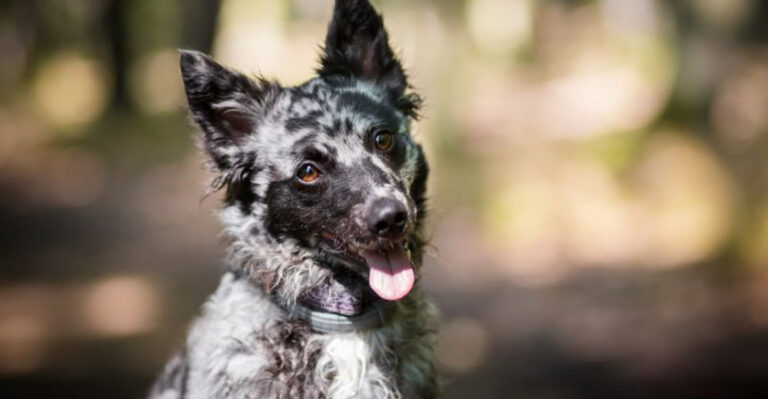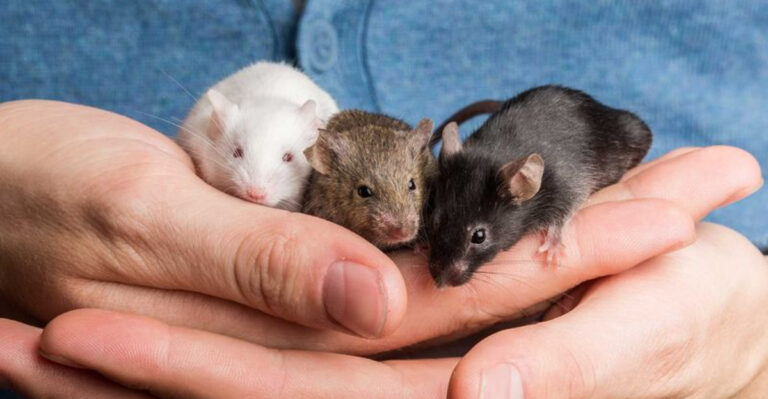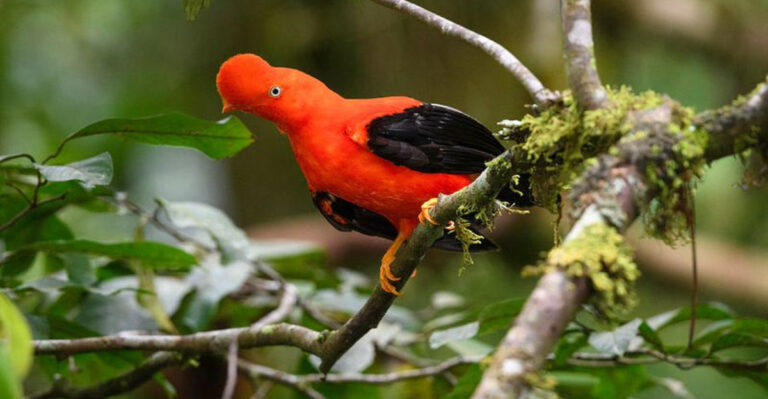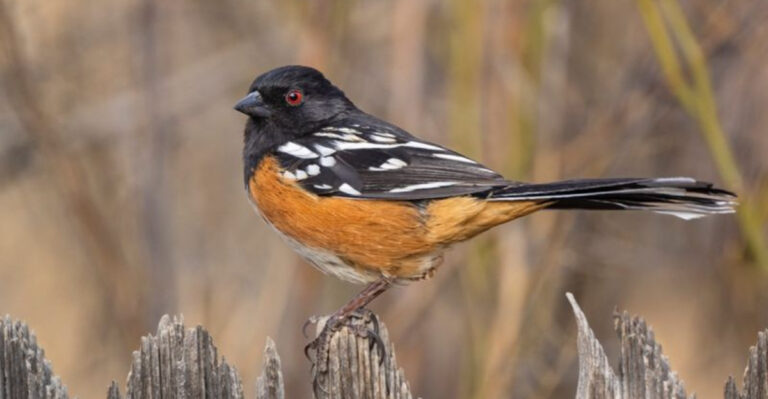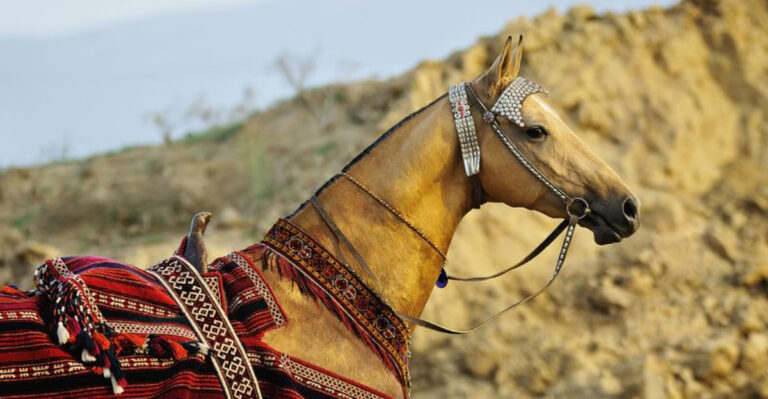14 U.S. States With The Most Black Bears (And 3 With Few Or None)

Ever wondered where those powerful yet shy black bears roam across America? These magnificent creatures aren’t evenly spread throughout the country – some states are practically bear headquarters while others rarely see these furry forest dwellers.
Let’s explore which states have the highest black bear populations and which ones you’re unlikely to spot these woodland wanderers.
1. New York’s Adirondack Giants
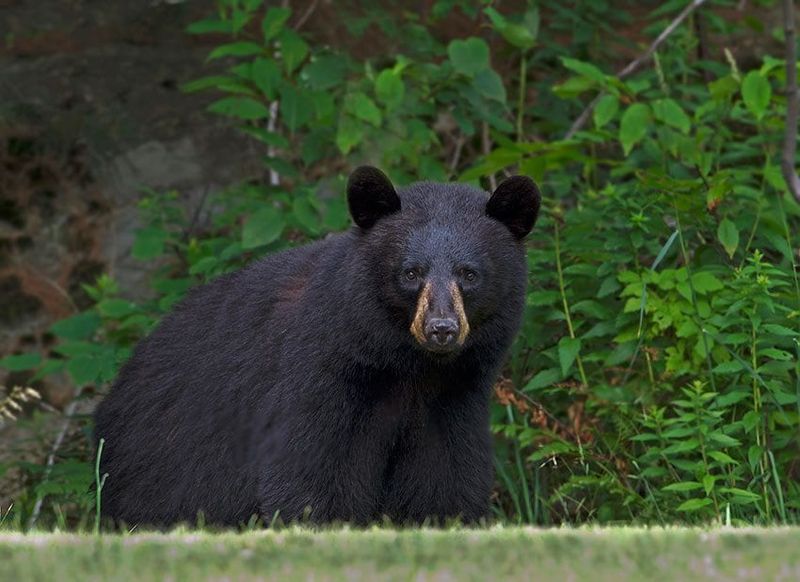
In the expansive wilderness of New York’s Adirondack Mountains, black bears reign supreme. These creatures are a common sight, often seen foraging in the dense woods. The Adirondacks provide an ideal habitat, with abundant food sources and secluded spots perfect for hibernation.
Tourists and locals alike cherish the thrill of spotting these giants in their natural environment. However, it’s important to maintain a respectful distance and adhere to safety guidelines.
2. Nevada’s Desert Wanderers

Surprisingly, Nevada hosts a small, yet resilient population of black bears. These adaptable creatures navigate the state’s challenging desert terrain, finding sustenance in its unique ecosystem.
Though sightings are rare, these desert wanderers have made an impressive comeback in recent years. Nevada’s black bears tend to occupy the mountainous and forested areas, seeking refuge from the arid expanse.
Historically, black bears were once absent from Nevada but have since reestablished themselves thanks to conservation efforts, marking a triumph for wildlife enthusiasts and ecologists alike.
3. Alaska’s Wilderness Haven
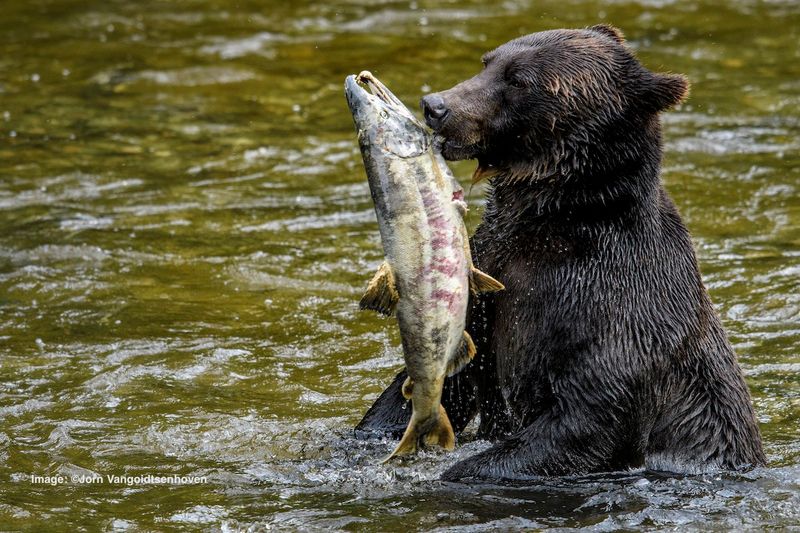
Around 100,000 black bears call Alaska home, making it the undisputed champion of bear country. The vast, untouched forests provide perfect habitat for these adaptable creatures.
Many Alaskan bears grow larger than their southern cousins thanks to abundant salmon and berries. Local residents often share their neighborhoods with these wild neighbors!
4. North Carolina’s Mountain Hideaways
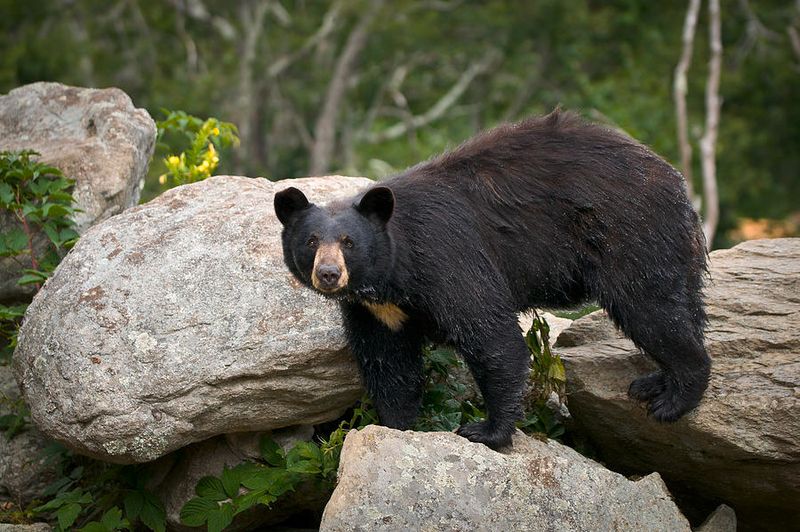
Surprisingly, North Carolina hosts around 20,000 black bears, with most hiding in the misty Blue Ridge Mountains and coastal swamps. Fall visitors might spot them gorging on acorns and berries before winter.
The state’s bear population has tripled since the 1980s thanks to conservation efforts. Some eastern NC bears grow exceptionally large on rich coastal diets!
5. California’s Comeback Kings
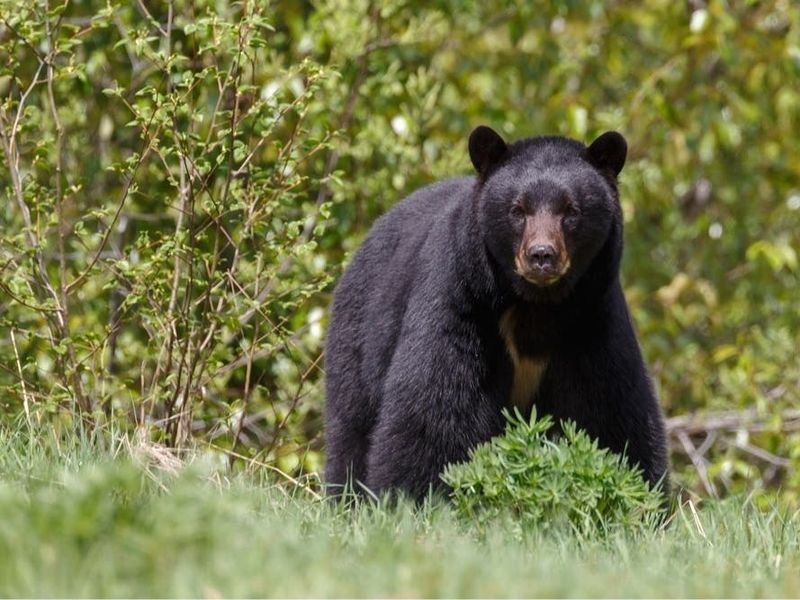
From near extinction to 40,000 strong today, California’s black bears represent one of wildlife conservation’s greatest success stories. Sierra Nevada forests provide their primary sanctuary, though some venture surprisingly close to suburban areas.
Unlike their name suggests, California’s bears often display cinnamon-colored coats. Bear-proof trash cans are mandatory in many mountain communities for good reason!
6. Minnesota’s Northwoods Residents
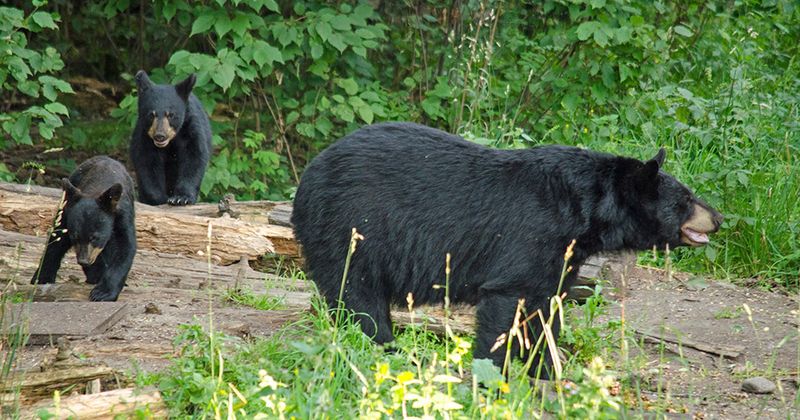
Nearly 15,000 black bears roam Minnesota’s northern forests, making them the state’s largest carnivore. Spring visitors might spot mothers with cubs foraging after winter hibernation.
Minnesota bears have adapted to live surprisingly close to humans in some areas. Wildlife managers use radio collars to track their movements and protect important habitat corridors across the state.
7. Michigan’s Upper Peninsula Paradise
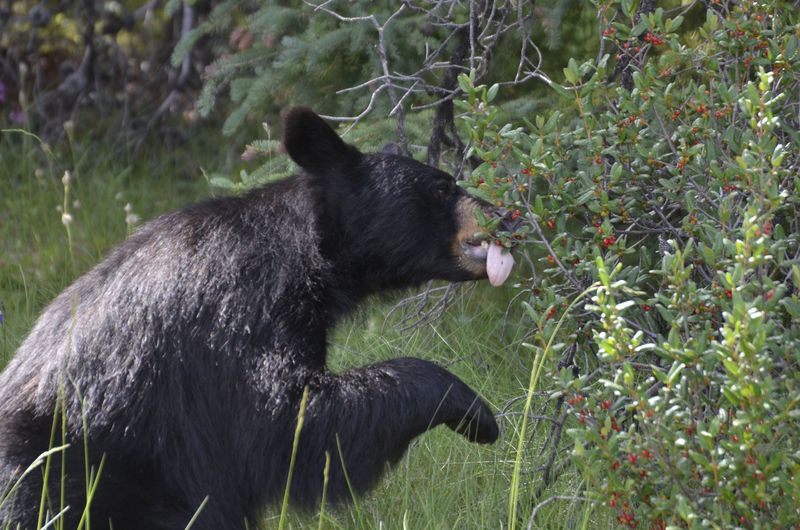
Approximately 12,000 black bears thrive in Michigan, with most concentrated in the rugged Upper Peninsula. Local hunting traditions help manage populations while providing valuable conservation funding.
Michigan bears love feasting on blueberries that carpet the forest floor each summer. The state’s Department of Natural Resources carefully monitors their numbers through sophisticated tracking methods.
8. Washington’s Coastal Forest Giants

Roughly 25,000 black bears inhabit Washington’s diverse landscapes, from rainforests to mountain meadows. Olympic Peninsula bears grow particularly large thanks to year-round food availability.
Hikers frequently encounter these omnivores munching on everything from berries to insects. Washington’s bears have learned to strip bark from young trees to access the sweet cambium layer underneath.
9. Maine’s Timber Territory

Maine’s vast forests shelter approximately 35,000 black bears – the largest population in the eastern United States. These northern bears hibernate longer than southern populations due to harsh winters.
Maple syrup producers sometimes find their operations visited by sweet-toothed bears! Maine’s bear monitoring program is one of the longest-running wildlife studies in North America, providing valuable data since 1975.
10. Idaho’s Mountain Monarchs
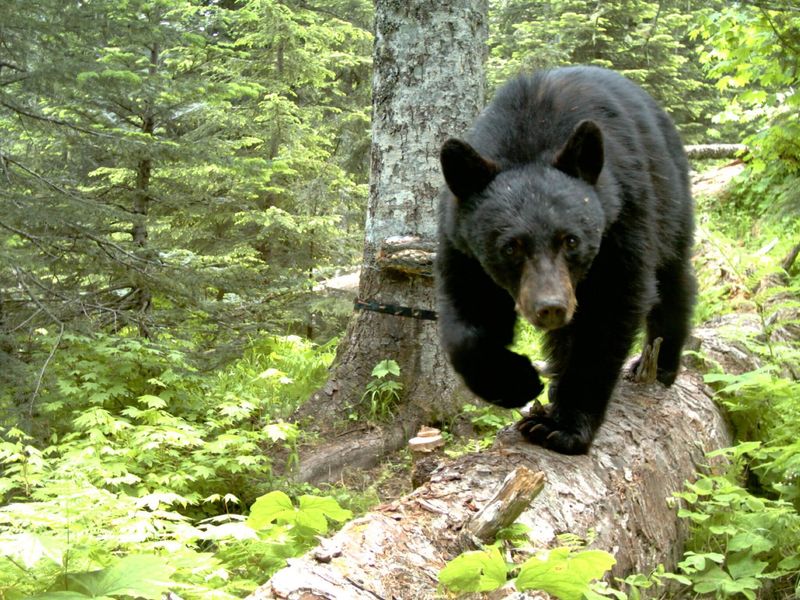
Around 20,000 black bears roam Idaho’s mountainous terrain, often sharing territory with their larger grizzly cousins. Berry patches become bear magnets in late summer when the animals need to pack on pounds.
Idaho’s bears have fascinating color variations – from jet black to cinnamon and even blonde! Campers in the Sawtooth Mountains learn to hang food properly or risk an unwanted midnight visitor.
11. Wisconsin’s Northwoods Wanderers
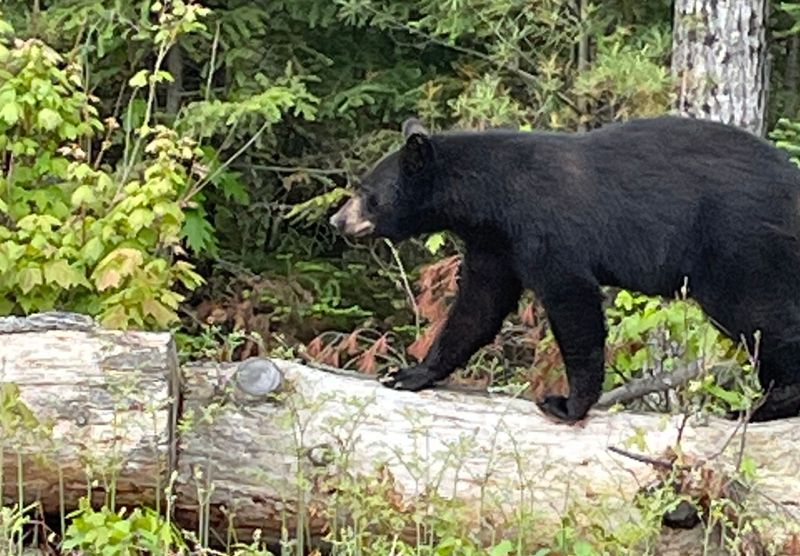
Wisconsin hosts approximately 24,000 black bears, primarily in the northern third of the state. Spring brings them out of hibernation hungry and searching for anything edible.
Beekeepers in bear country protect their hives with electric fencing. Wisconsin’s bears have expanded their range southward in recent decades, occasionally surprising residents in areas that haven’t seen bears in generations.
12. Pennsylvania’s Forest Shadows
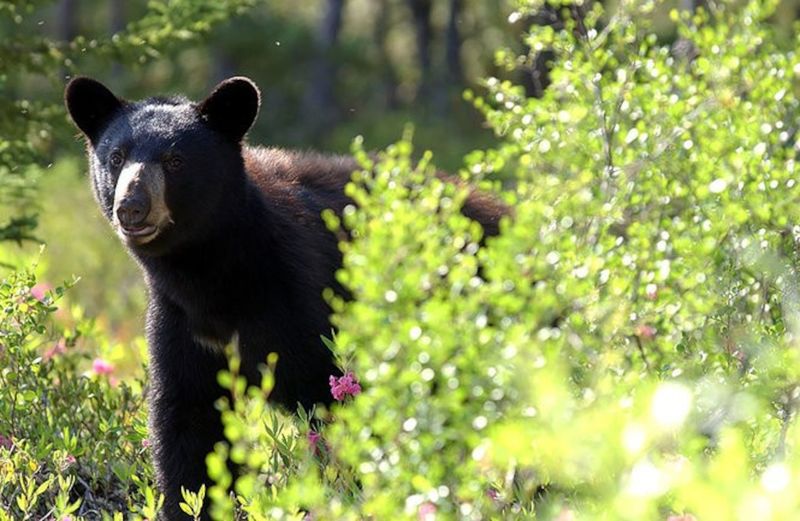
From near extinction to 18,000 strong, Pennsylvania’s black bears represent another conservation triumph. The state’s mix of forests, mountains, and farmland creates ideal habitat for these adaptable animals.
Pennsylvania holds the record for some of the heaviest black bears ever recorded – some tipping scales at over 800 pounds! Fall hunters contribute to management while providing valuable population data.
13. Oregon’s Diverse Bear Habitats
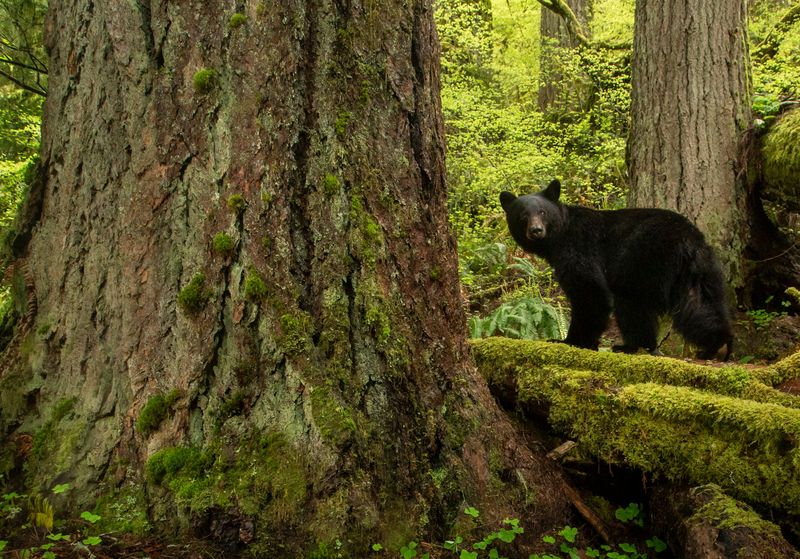
Oregon’s varied landscapes support approximately 30,000 black bears across mountain ranges and coastal forests. Blackberry patches become bear buffets in late summer when the fruit ripens.
Unlike many states, Oregon prohibits hunting bears with dogs or bait. The state’s bears play crucial roles in forest ecosystems by dispersing seeds and controlling insect populations naturally.
14. Colorado’s High Country Bruins
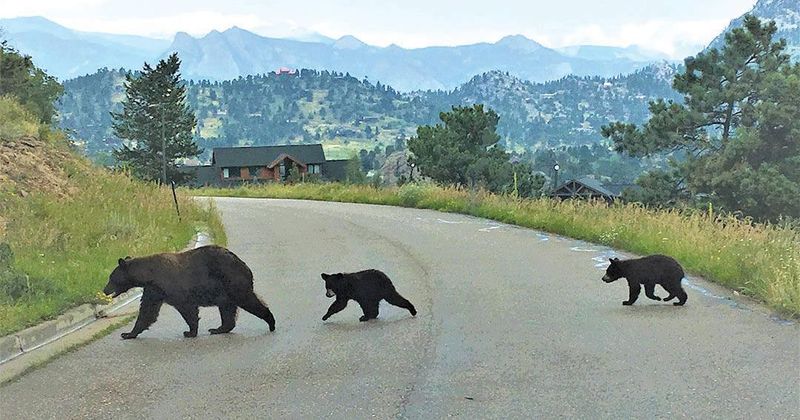
Approximately 19,000 black bears navigate Colorado’s mountains and foothills. Drought years push them into neighborhoods searching for food, creating challenging human-wildlife interactions.
Colorado’s bears have learned to recognize trash day in mountain towns! These intelligent animals can remember food sources for years, which is why wildlife officials emphasize that a fed bear often becomes a dead bear.
15. Kansas: The Bear-Free Plains
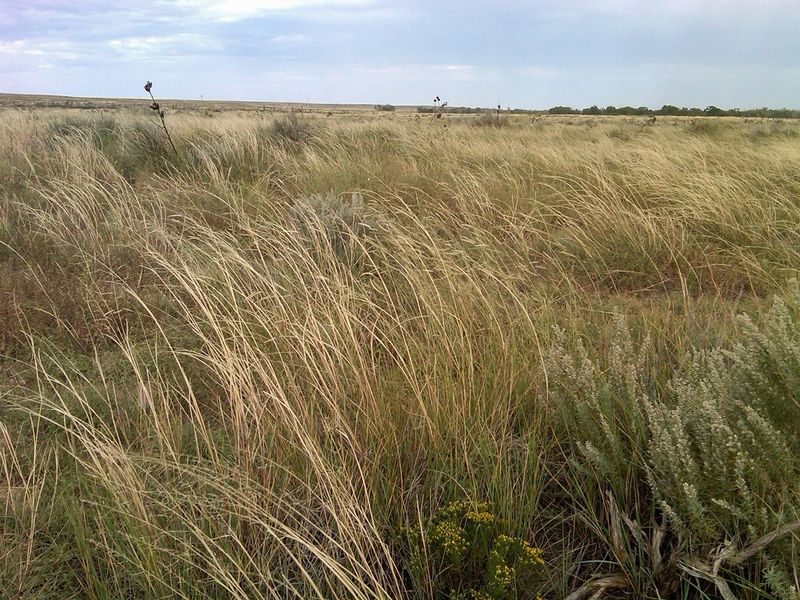
Kansas rarely sees black bears, with only occasional wanderers crossing from neighboring states. The open prairie landscapes don’t provide the forest cover these animals prefer for security and food.
Historical records suggest bears once lived here before settlement changed the landscape. Wildlife officials get excited when trail cameras capture rare bear sightings, usually young males searching for new territory.
16. Nebraska’s Occasional Visitors
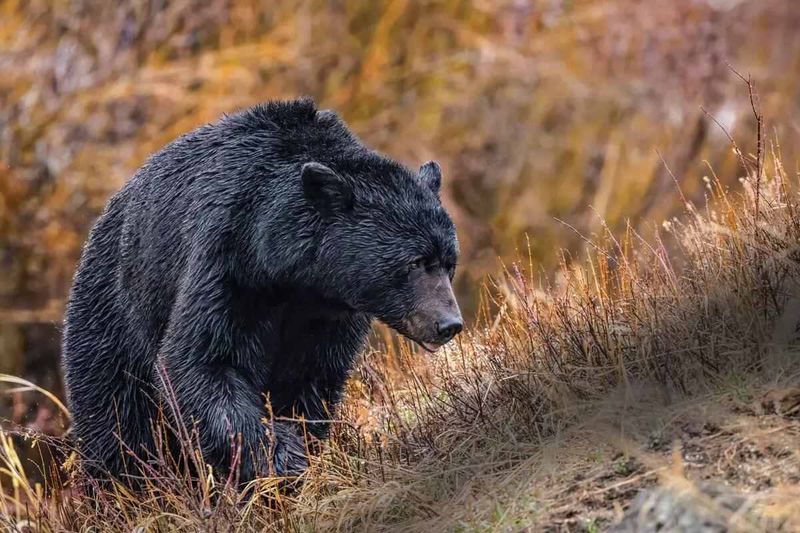
Nebraska isn’t home to an established black bear population, though sightings have increased in recent years. Young males occasionally wander in from Wyoming or Colorado, causing quite a stir when spotted.
The state’s western Pine Ridge region offers the most suitable habitat. Wildlife officials monitor these rare appearances carefully, as they might indicate natural range expansion as bear populations grow in neighboring states.
17. Illinois: Land of Lincoln, Not Bears
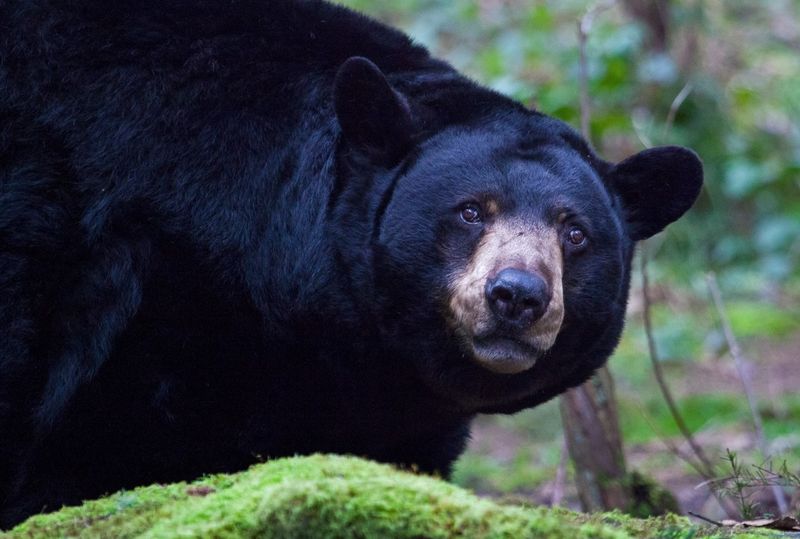
Illinois hasn’t had a resident bear population for over a century, though wandering individuals occasionally make headlines. The state’s agricultural landscape replaced the original forests bears once called home.
Wildlife officials developed protocols for handling rare bear appearances after a notable 2014 visitor traveled through several counties. Some experts believe natural recolonization could happen as Wisconsin’s population expands southward.

